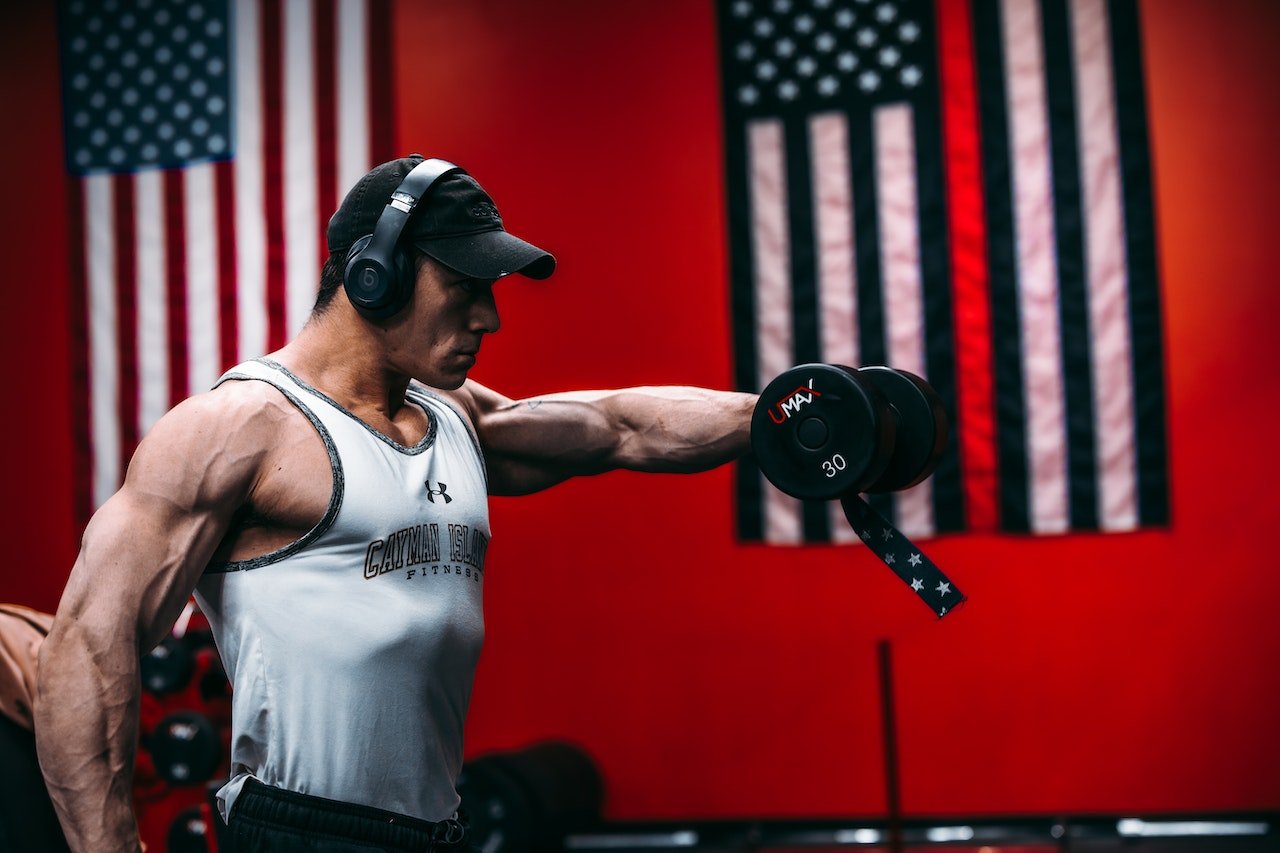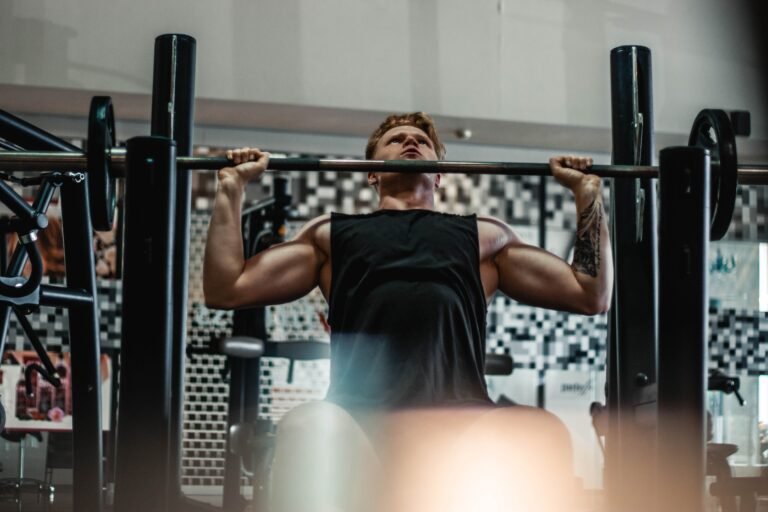Unveiling the Benefits of the Standing Dumbbell Fly: A Must-Add to Your Fitness Routine
The journey to optimal fitness is paved with countless exercises, each offering unique benefits. One such exercise that has been gaining popularity among fitness enthusiasts is the standing dumbbell fly. A modification of the traditional fly, this exercise is not only effective for targeting specific muscle groups but also enhances overall fitness when incorporated into routine workouts.
Understanding the Standing Dumbbell Fly
The standing dumbbell fly is primarily known for its efficacy in targeting the chest and shoulder muscles. Originating from its cousin exercise, the flat bench dumbbell fly, this standing variant introduces more stabilization muscles into the equation. When performed correctly, it also engages the core, providing a more holistic workout experience.
Technique: How to Do It Right
Perfecting the standing dumbbell fly requires attention to form to ensure muscle engagement and prevent injury:
- Stand upright, feet shoulder-width apart, holding a dumbbell in each hand.
- Extend your arms out to your sides at shoulder height, palms facing forward.
- With a slight bend in your elbows, bring the dumbbells in a wide arc towards the front, squeezing your chest muscles as they meet.
- Slowly reverse the motion, stretching your chest muscles as you return to the starting position.
Throughout the movement, maintain a straight back and engage your core for stability.
Effectiveness for Fitness
It offers myriad benefits, including:
- Muscle Targeting: Predominantly targets the chest, but also works the deltoids, and stabilizer muscles.
- Flexibility: Enhances shoulder joint mobility and promotes flexibility.
- Core Engagement: Unlike its bench counterpart, the standing position requires more balance, thus involving the core muscles.
Pros of the Standing Dumbbell Fly
Pros:
- Muscle Engagement: It effectively targets the chest, deltoids, and various stabilizer muscles.
- Flexibility: Enhances shoulder joint mobility.
- Core Activation: Engages the core due to the balance required in a standing position.
- Versatility: Requires minimal equipment and can be performed almost anywhere.
- Functional Strength: By engaging stabilizing muscles, it promotes strength applicable to daily activities.
Cons:
- Risk of Strain: Incorrect form can lead to shoulder injuries.
- Limitations on Weight: Due to the need for balance, one might not be able to lift as heavy as with bench flies.
- Not Ideal for Mass Building: While effective for toning and definition, it might not be the primary choice for those looking to build significant muscle mass.
Fitness Trainer Opinions on the Standing Dumbbell Fly
Sarah Mitchell, a certified fitness trainer, states, “The standing dumbbell fly is an underrated gem in the fitness world. Not only does it target the chest and shoulders, but the requirement to maintain balance recruits additional muscles that might be overlooked in a typical chest exercise.”
James Rodriguez, another seasoned trainer, echoes this sentiment, “I’ve integrated the standing dumbbell fly into many of my clients’ routines, and the feedback has been overwhelmingly positive. The added core engagement means you’re getting more bang for your buck in terms of overall fitness.”
However, it is essential to note the caution advised by some trainers. Lisa Chang emphasizes, “While the standing dumbbell fly is effective, ensuring proper form is paramount. Incorrect technique can strain the shoulder joint, so it’s always wise to start with lighter weights and progress gradually.”
Number of calories burned during this exercise:
Standing dumbbell fly, is influenced by various factors, including:
- Individual’s Weight: Heavier people typically burn more calories during exercise than lighter individuals.
- Exercise Intensity: Lifting heavier weights with higher intensity or incorporating the exercise into a circuit or high-intensity interval training (HIIT) can burn more calories.
- Duration: The longer the duration, the more calories are burned.
- Metabolism: An individual’s metabolic rate plays a role.
- Muscle Engagement: Compound exercises that involve multiple muscle groups tend to burn more calories than isolated exercises.
For strength training exercises, like the standing dumbbell fly, a general estimate is that an individual burns about 7-10 calories per minute. However, this is a rough average. The standing dumbbell fly specifically targets the chest and shoulders, but because it’s an isolation exercise, it might burn slightly less than compound movements which engage larger or multiple muscle groups.
If you’re keen to get an accurate measurement for your specific circumstances, consider using wearable fitness tech or consulting with a personal trainer or fitness specialist who can provide a more tailored estimate based on your personal data and the exact intensity and format of your workouts.
Conclusion
The standing dumbbell fly, when integrated into a balanced fitness routine, can yield impressive results in terms of muscle development, flexibility, and overall physical well-being. It serves as a testament to the notion that sometimes, a small tweak to a classic exercise can unlock a multitude of benefits.
As always, before diving into any new exercise, consulting with a fitness professional to guide and ensure proper technique can be invaluable. The dumbbell fly is a powerful tool in the fitness arsenal; wield it with knowledge, respect, and dedication to maximize its potential.







